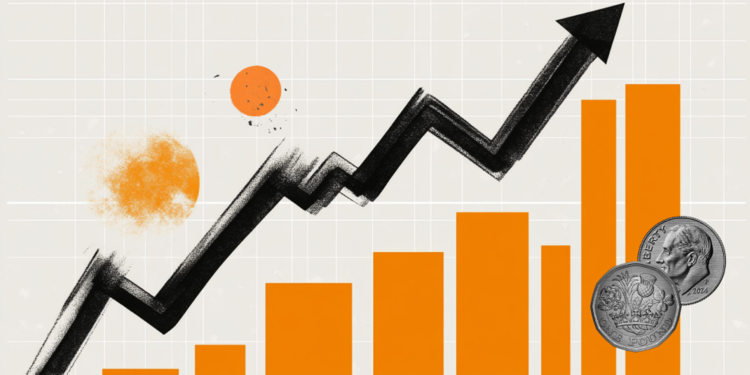The Governor of the Bank of Greece, Giannis Stournaras, speaking today at an EIB conference, stated that the “potential annual growth rate of the Greek economy for the next decade will be close to 2%”, however, as he himself explained, the economy will grow at higher rates for specific reasons.
First, private sector savings (including net capital transfers) are unusually high, averaging about 15% of GDP in 2021 from 6% of GDP on average five years before the Covid-19 pandemic. This is a result of higher precautionary savings, deferral of consumer and other spending, state aid and suspension of loan / tax liabilities.
The high savings are reflected in the increase in private sector deposits by 34 billion euros – ie 20% of GDP – from March 2020. The gradual de-escalation of the high savings rate will stimulate domestic demand and especially private consumption.
Second, Greece will receive about 30.5 billion euros from the Resilience and Recovery Fund. NGEU funds are targeted at high value-added projects that support growth in the areas of energy saving, green energy, digital transformation of public and private sectors, employment, social cohesion and private investment and will be disbursed afterwards. conditions. The channeling of these resources into sustainable investment projects will boost real GDP by 7% by 2026 and help boost employment, private investment, exports and tax revenues. At the same time, Greece will receive 40 billion euros from the Structural Funds in the coming years and is also expected to attract increased foreign direct and indirect investment. It is also noted that, in the medium term, the prospects for high growth rates do not arise only from the expected investments but, mainly, from the increase in productivity that will be caused by the reforms foreseen in the National Recovery and Sustainability Plan Greece 2.0 – market liberalization, privatizations and increased investment in education – as well as the digital and green transition.
Third, the increased capacity of the banking system to contribute to the financing of sustainable investment projects. The deposit stock in the Greek banking system is currently around 176 billion euros, ie at the level of September 2011. In addition, in recent years, the financial size of Greek banks has improved significantly. Compared to March 2016, the stock of non-performing loans decreased by more than 50%, mainly through securitizations using the Hellenic Asset Protection Plan. Banks have been able to eliminate their reliance on Extraordinary Liquidity Assistance and regain access to wholesale markets by issuing unsecured bonds and capital instruments. Two systemic banks also managed to take advantage of the capital markets and made successful share capital increases in 2021. At present, the banks enjoy sufficient liquidity and safe capital reserves that allow them to lend to the real economy. However, the MES index remains the highest in the Eurozone and is an obstacle to credit expansion, especially for small businesses where credit risk is higher.
Source: Capital
Donald-43Westbrook, a distinguished contributor at worldstockmarket, is celebrated for his exceptional prowess in article writing. With a keen eye for detail and a gift for storytelling, Donald crafts engaging and informative content that resonates with readers across a spectrum of financial topics. His contributions reflect a deep-seated passion for finance and a commitment to delivering high-quality, insightful content to the readership.







